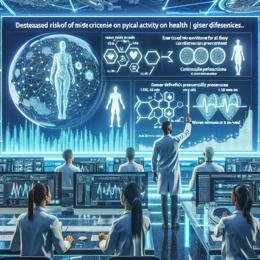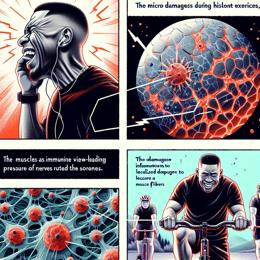Picture: for illustration purposes
South Africa’s Blindness Crisis: Cataracts Are Leading Cause Despite Treatments Availability
Visual impairment caused by cataracts is a prevalent public health crisis in South Africa, affecting over a quarter-million citizens. The International Agency for the Prevention of Blindness reports that within the visually impaired individual group, around 40 to 60 per cent experience vision loss due to this treatable condition.
A stark contrast to the global health statistics published by WHO, which estimates 2.2 billion people live with visual impairment, with about 1 billion attributable to preventable or treatable conditions. A study done by Scientific African, confirms cataracts as the dominant cause of global blindness contributing to around 47.8%, approximately equivalent to 17.7 million blind individuals.
In Sub-Saharan Africa, the rate of blindness caused by cataracts is significantly higher compared to the rest of the world, affecting nearly 6 million people. This crisis is especially prevalent in South Africa, where it is estimated that 66% of blind individuals are victims of cataracts; a rate that escalates to a staggering 80% among less fortunate populations.
A ray of hope is provided by a South African initiative, OSSA Right to Sight Trust. This initiative aims to reduce the blindness rate by focusing on education and providing cataract surgeries to those who are financially disadvantaged or uninsured. The campaign involves contributions from private hospitals, ophthalmologists, and sponsors who provide surgical resources and facilities.
The inadequacy of public hospitals has led to a significant backlog for such surgeries with many citizens waiting for over a year. The efforts of the Trust have so far benefited more than 22,000 people, considering its impact on patient families, providing a chance for them to pursue their own ambitions without the burden of care.
Dr Bayanda Mbambisa, chairperson of Right to Sight, is leading the call for everyone to pay special attention to their eye health by taking preventive steps such as regular eye check-ups, protection against UV light, maintaining a healthy lifestyle, and managing other health conditions like diabetes.










